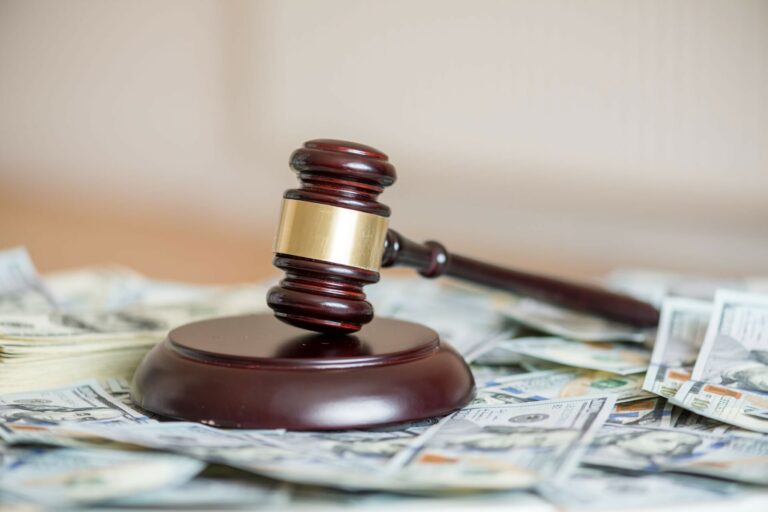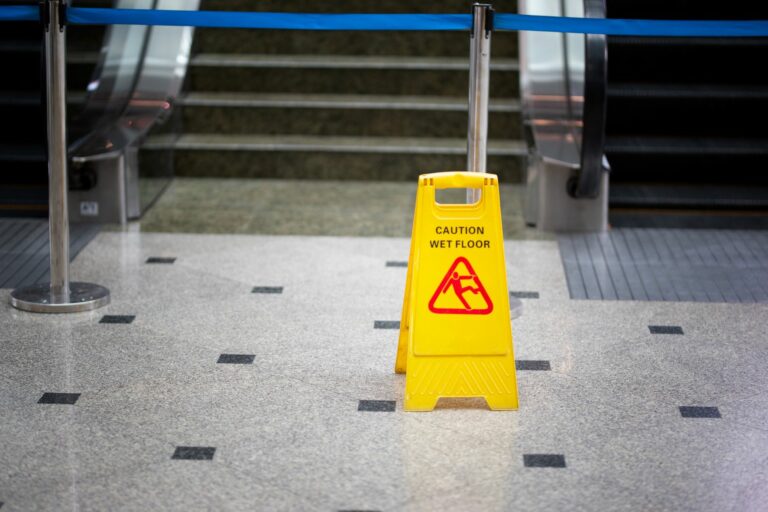Personal injury law in California establishes the legal framework for imposing civil liability for injuries caused by the reckless, careless, or intentional acts or omissions of others. It’s important to be aware of your rights when you are involved in personal injury situations. There are limits to filing a personal injury claim and the laws only pertain to certain situations.
Let’s take a look at the most important laws that will impact your personal injury claim in California:
Statute Of Limitations
A statute of limitations is a time limit in which a person is able to take specific legal action. If the victim fails to take certain legal action during this period, their claim can be forever barred.
In civil law, the legal action required is usually filing a lawsuit. In criminal law, it could be the time by which charges must be filed or an indictment issued.
According to Sections 335.1 and 340 of California’s Code of Civil Procedure, a civil injury victim must usually file a claim within two years of sustaining the injury. There is an exception for situations when the plaintiff did not learn about the harm until later. This is called the “discovery of harm” rule. It applies when the personal injury victim is not able to determine the extent of their injuries caused by an accident until later on.
In these situations, the timer for the statute of limitations doesn’t start until the person discovers the injury. The victim may have to provide proof that the injury didn’t occur at a later date.
Damage Caps On Personal Injury Cases
Another limitation that personal injury victims should understand is the maximum amount they can receive for damages. This limitation can have a major impact on the potential value of a claim and will influence a personal injury attorney’s decision to help you with the case.
The victim can receive economic damages that are based on the amount that they need to be restored to the same level of physical and mental health as before the accident. These amounts are not restricted to specific limitations.
Economic damages include medical expenses such as hospital bills, rehabilitative treatment, prescription medicine, follow-up treatment, and anticipated future medical expenses. It also includes lost wages, loss of earning capacity, and compensation for disability.
Personal injury victims do have a limit related to the non-economic damages portion of their claim. This includes pain and suffering, inconvenience, and mental anguish. In California, personal injury victims are limited to a single digit multiplier of the economic damages that they receive. For example, if someone receives $20,000 in economic damages, the maximum amount of non-economic damages they can receive is $180,000 (9 x $20,000).
Motor Vehicle Accidents
Car accidents can often result in personal injury so it’s important to understand the laws motorists must follow.
Driving Laws
- Passing: Drivers must pass to the left at a safe distance and stay in the passing lane until it’s safe to return to the right lane. Drivers being passed should maintain their speed and not try speed up to avoid being passed.
- Turning left: Drivers must use an appropriate turn signal and should only do so when the turn can be made in a reasonably safe manner.
- Following: A driver must not follow another driver closer than what is reasonable and must consider traffic conditions and the speed of other drivers.
- Mobile devices: Drivers must not use a mobile device while operating a motor vehicle unless it’s configured to allow voice-operated and hands-free operation to send and receive text messages.
Motorcycle Laws
All motorcyclists and their passengers must wear helmets when riding on roadways and motorcycle headlights must be turned on during darkness.
Pedestrian Laws
Pedestrians have the right of way when crossing the roadway in a marked or unmarked crosswalk, meaning drivers must stop and yield to them. Pedestrians should not enter a crosswalk when it will cause an immediate hazard due to nearby traffic.
Pedestrians facing an illuminated “walk” signal may cross the roadway as the signal gives them the right of way. They should not start to walk on a “wait” or “don’t walk” signal.
Pedestrians must yield the right of way to vehicles when crossing a roadway that is not in a marked or unmarked crosswalk.
Insurance Requirements
In California, vehicle owners must have insurance that provides liability coverage for the following minimum requirements:
- $15,000 per person
- $30,000 for two or more people
- $5,000 per occurrence for property damage
California uses a no-fault insurance system that finds every owner of a vehicle is liable and responsible for any injury, death, or property damage caused by a negligent or wrongful act, or lack of action. Such drivers are liable up to the amounts listed above.
If a car accident victim can prove that an injury or death was caused by the driver’s willful misconduct or intoxication, they can file a lawsuit against the driver.
Dog Bites
Many states use a “one bite rule” in which dog owners are protected from injury liability for the first time their dog injures someone — as long as they have no reason to suspect their dog was dangerous.
However, California doesn’t use this rule. Instead, dog owners are strictly liable for all dog bites, including the first one. If a dog bites someone in a public place or lawfully in a private place, the dog owner is liable.
Medical Malpractice
Medical malpractice refers to a healthcare provider who fails to meet the appropriate standard of care when providing services to a patient, causing an injury.
The standard of care is the term used to establish the generally accepted practices and procedures that reasonable health practitioners of the same specialization would use when treating a patient with the same condition. The standard of care can vary based on a range of factors such as the patient’s age and health.
In California, medical malpractice cases are subject to additional requirements and limitations. To start, plaintiffs must provide the medical party they plan to sue a formal notice at least 90 days before filing the initial complaint. The notice should provide the following information:
- The legal basis of the claim
- The type of damages sustained
- The nature of the injuries suffered
Medical malpractice lawsuits are also subject to limits on attorney’s fees. The limit is a sliding scale of the percentage a lawyer is allowed to charge:
- 40% of the first $50,000 recovered
- 33% of the next $50,000 recovered
- 25% of the next $500,000 recovered
- 15% of any over $600,000
Product Defects
California has a variety of laws related to defective products. To succeed in one of these claims the victim must prove the following:
- The defendant designed, manufactured, distributed, or sold a defective product
- The product had a defect when it left the defendant’s possession
- The victim used the product in a reasonably foreseeable way
- The victim suffered harm because of the defect
California’s strict liability laws allow a victim to hold a defendant strictly liable for their injuries, even if they cannot show that the defendant acted in a negligent manner.
Strict liability applies to the following product defects:
- Manufacturing defects: Defects when there is a mistake in the manufacturing process so that a certain batch of products are defective.
- Design defects: Defects when a product is innately defective due to a dangerous design.
- Warning defect: These defects occur when there are inadequate warnings.
Negligence
Most personal injury cases in California are based on the theory of negligence. This requires showing the following legal elements:
- The defendant owed the plaintiff a duty of care
- The defendant breached the duty of care
- The plaintiff was harmed
- The defendant’s negligence was a substantial factor in causing the harm
Premises Liability
Premises liability refers to the liability of property owners for the injuries or damages that occur on their property.
Examples of premises liability claims include:
- Slip and fall accidents
- Construction accidents
- Dog bites
- Injuries caused by negligent or willful misconduct by third persons
These claims rely on the same legal elements as negligence including duty, breach of duty, causation, and damages. However, there are additional principles that must be established such as ownership, possession, and control of the premises.
Without these duties, the party has no responsibility to exercise reasonable care. Owners and possessors of property have a duty to ensure the safety of their property to help prevent others from being harmed.
Get In Touch With A California Personal Injury Attorney
If you have been injured in an accident in California and would like to learn more about your legal rights, Hann Law Firm is here to help. We provide a thoughtful approach to personal injury cases and help you get the compensation you need while you focus on your recovery. We are seasoned litigators who know how to win – Contact us today to find out how we can help you get the justice you deserve.





